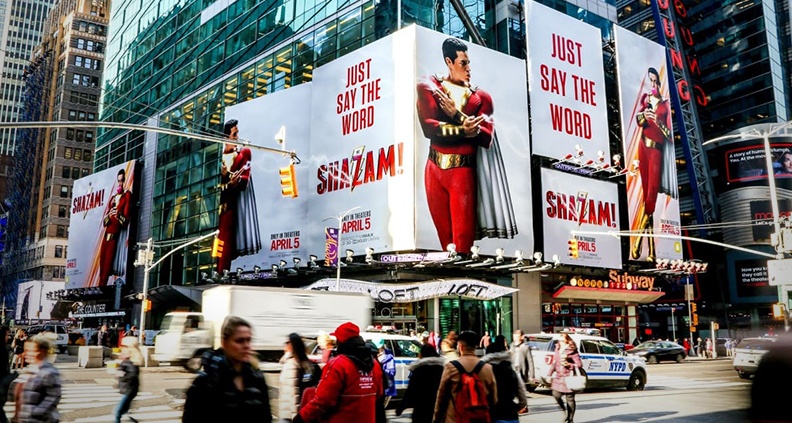John Godfrey, writing on Film Independent, says that indie film posters need to work harder.

You’re going up against every other film, most with budgets many times larger than yours. The key, John says, is your concept:
“The key to a successful poster is the concept behind it…. When you bring a designer on board, give them as much to work with as possible, every available image as well as letting them watch a screener of the film. No amount of synopsis or breakdowns can help a designer understand a film better than watching that film. Film is a visual medium — and so are movie posters. There are many parallels between the two, and there are sometimes iconic graphic devices used within a film that as a filmmaker you might not pick up on, but that a designer’s eye will be drawn instantly to as a subject to expand upon.”
John also reminds you that your poster needs to work in many formats:
“Your traditional 27×40” movie poster is excellent for film festivals and your IMDb page, and is the perfect way to commemorate the countless hours poured into production, with a framed print on your wall. However, that’s only a small portion of the usages your poster will be needed for. Once streaming, your poster will have to be in a horizontal format on many services. A horizontal format would also be useful right off the bat as the poster frame of your trailer on Vimeo and YouTube. A square format is very useful for social media.”
For some recent examples of great concepts, Ethan Anderton posting on /film lists his favourite film posters from 2018.
My take: I’ve mentioned before that I sometimes start with a logo that expresses a project’s identity even before writing the script that gives it a voice. It’s also worthwhile exploring the graphic design requirements of some of the streaming services so you know what they don’t allow (things like titles, laurels, URLs, etc.) so you can make sure to get all your visuals during production. For a compilation of movie poster themes, there’s none better than Christophe Courtois.
